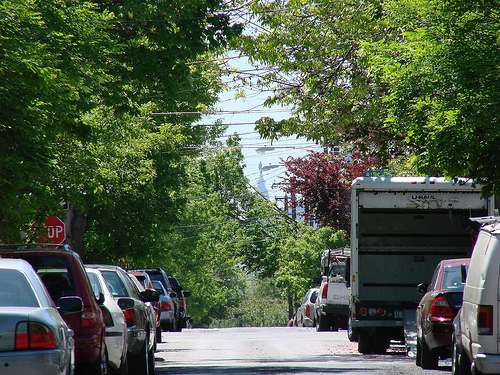
This Earth Month, let’s take a look back and see how environmental politics have changed since the first Earth Day, 42 years ago.
1970 was a monumental year for the environmental movement. In addition to the first Earth Day, Congress also authorized the National Environmental Policy Act (NEPA), the President’s Council on Environmental Quality (CEQ) and the creation of the Environmental Protection Agency (EPA). NEPA, CEQ and the EPA put environmental issues on the national policy stage and made the environment a priority for federal agencies. These entities still exist today and continue to ensure that environmental factors remain a priority in our political system.
The EPA was created by an executive order from President Richard Nixon on July 9, 1970. The agency started out by tackling the major environmental issues of air and water pollution. Congress authorized the Clean Air Act in the EPA’s first year, allowing the agency to set national pollution standards to ensure healthy air quality. The Clean Water Act followed two years later.

Air and water protection continues to be a top priority for the agency today. But unlike in the 1970s, the EPA is implementing more creative and cost-effective ways to address those issues, like using green infrastructure. Just yesterday, EPA Administrator Lisa Jackson signed a historic agreement with the city of Philadelphia, in its drive to become America’s greenest city. The agreement signifies the agency’s endorsement of the $2.4 billion Green City, Clean Waters plan to use trees and grasses to address stormwater pollution in Philadelphia. Many cities are also using similar green infrastructure strategies to alleviate the impact of environmental stresses, like pollution, on their communities.
It’s hard to believe that it’s been more than 40 years since the EPA was created. I still think of the environmental movement as a relatively recent development, but maybe that’s because the concept of environmentalism continues to evolve. Contemporary ideas like green infrastructure may not have resonated in a 1970s America, but they certainly have roots in the air and water pollution issues of the 1970s. If the people that helped create the EPA could see what the agency is doing today, I think they would be pleased with the results.
For more on the last 40 years, check out the EPA’s timeline.